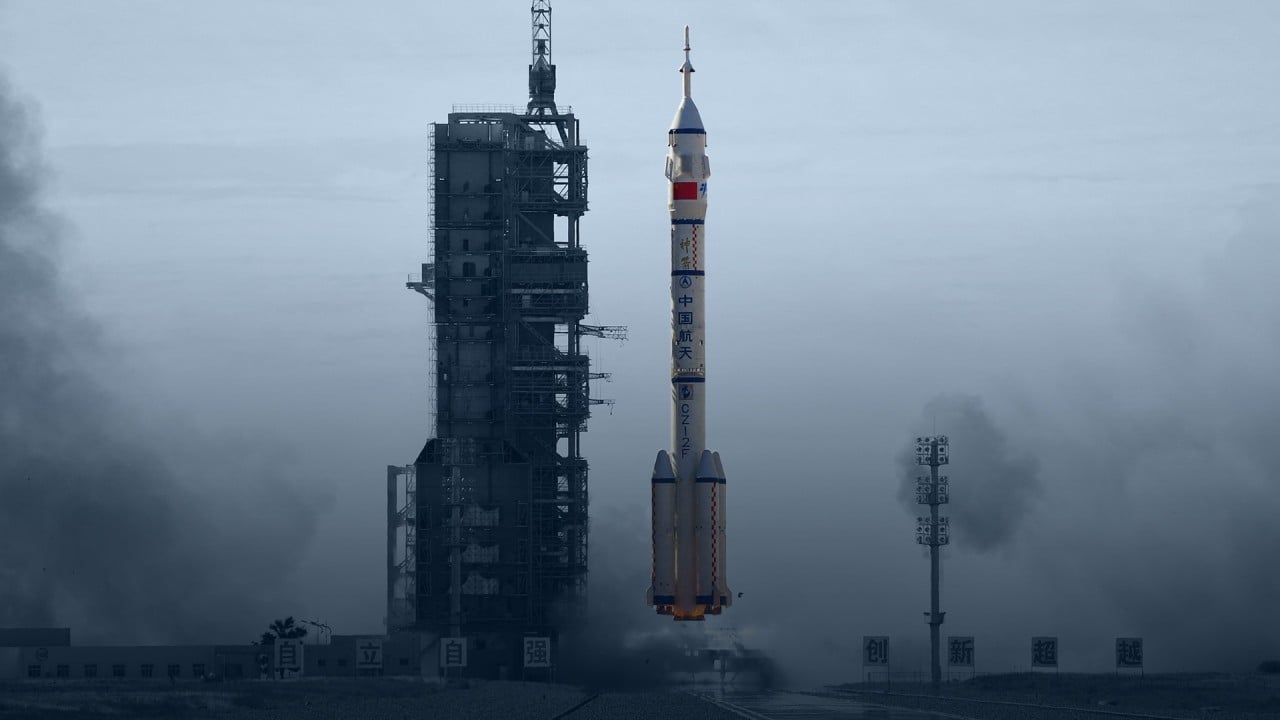
China and Russia seek weapons to hit US satellites, Pentagon says
- China has multiple ground-based laser systems and may field higher powered ones as early as the middle of the decade, says a report by a US defence agency
- Russia, meanwhile, perceives the US dependence on space as America’s ‘Achilles’ heel’ and is pursuing counterspace systems
China and Russia continue to develop and deploy weapons that can attack US satellites even as they increase their own fleets of intelligence, surveillance and reconnaissance space vehicles, according to the Pentagon’s intelligence agency.
Although the updated report issued on Tuesday by the Defence Intelligence Agency is based mostly on news accounts and declarations from Chinese and Russian officials, it is a useful summary of the threats that the US says are driving major investments in the Pentagon’s proposed fiscal 2023 defence budget, specifically for the US Space Force and Space Command.
“China has multiple ground-based laser weapons of varying power levels to disrupt, degrade, or damage satellites that include a current limited capability to employ laser systems against satellite sensors,” the intelligence agency said.
“By the mid- to late-2020s, China may field higher power systems that extend the threat to the structures of non-optical satellites” as well.
China’s own fleet of intelligence, surveillance and reconnaissance satellites keeps expanding. As of January it included more than 250 systems – “a quantity second only to the United States, and nearly doubling China’s in-orbit systems since 2018,” according to the report.
It said the People’s Liberation Army of China “owns and operates about half of the world’s ISR systems, most of which could support monitoring, tracking and targeting of US and allied forces worldwide, especially throughout the Indo-Pacific region.
These satellites also allow the PLA to monitor potential regional flashpoints, including the Korean peninsula, Taiwan, Indian Ocean and South China Sea.”
At the same time, Russia perceives the US dependence on space as America’s “Achilles’ heel” so it is “pursuing counterspace systems to neutralise or deny US space-based services” and “probably will field lasers that are more capable of damaging satellites in the mid-to-late 2020s”, the Defence Department agency said.
New device could protect satellites from microwave attacks, scientists say
Russia already “has several ground-based lasers, for example, that can blind satellite sensors”, the Defence Intelligence Agency said, including a system delivered in 2018 to its aerospace forces.
By 2030, Russia may also field “higher-power systems that extend the threat to the structures of all satellites, not just electro-optical” sensors, DIA said.
In addition to the threat from anti-satellite weapons, “the probability of collisions of massive derelict objects in low Earth orbit is growing and almost certainly will continue through at least 2030”, the Defence Intelligence Agency said.
It cited the rising number of space launches, especially those with multiple payloads, and continuing fragmentation from collisions, battery explosions” and anti-satellite testing.


